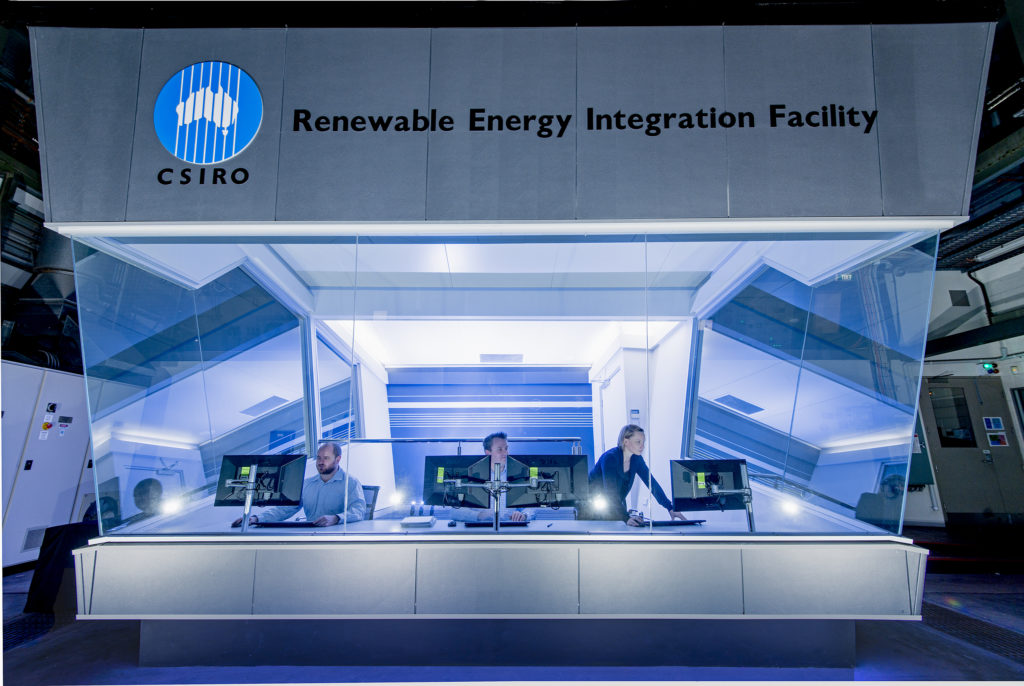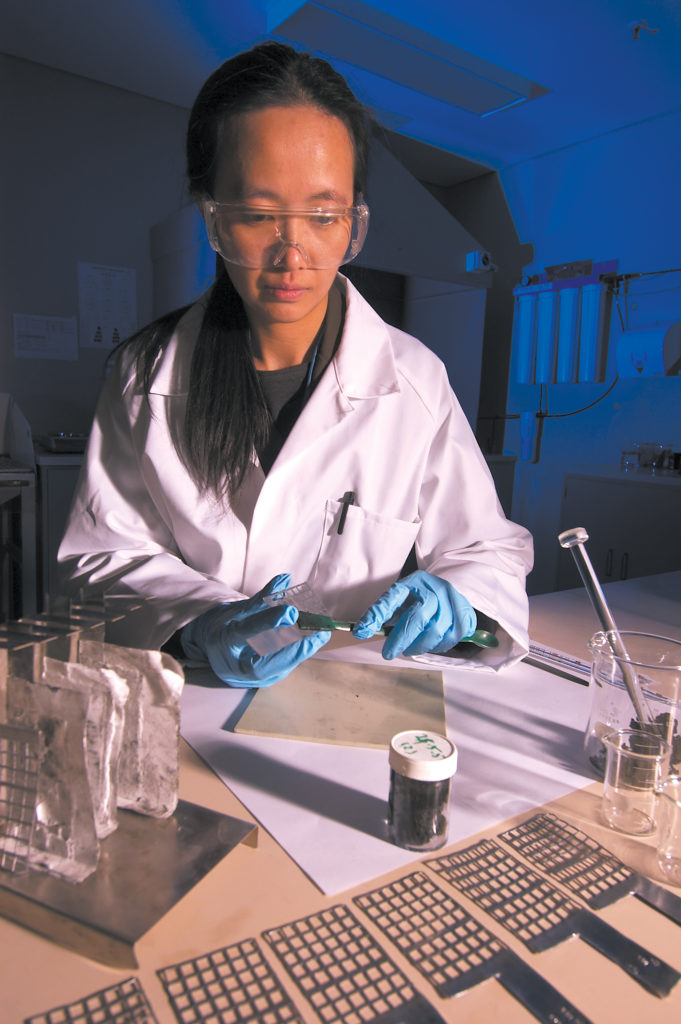We've been developing energy solutions for decades, including the UltraBattery — featured in Honda's Odyssey. Our quest for energy alternatives and better batteries continues with our latest, Renewable Energy Integration, facility.

The Renewable Energy Integration Facility was established in 2009 to develop new grid management technologies that will allow greater penetration of renewable, low-emission energy resources into electricity networks.
Think back to Christmas morning: excitement woke you early, presents were unwrapped, and then it was time to put your new gadgets to the test. Alas, when you read the back of the box housing your new camera/remote control car/portable speaker, you saw those three heartbreaking words: ‘batteries not included’.
Those missing AAs could’ve provided the energy you needed to power Christmas selfies with Gran, or a few hot-laps around the block in your miniaturised V8. Those batteries are energy storage in its most common form.

CSIRO has been working on the battery for decades, and although our fashions have changed, our research question hasn’t – how can we get reliable energy when we need it? Until now, energy storage has been the missing link.
Batteries make it possible to store electrical energy and use it whenever it’s needed, which helps manage power supply and demand.
Battery energy storage can respond to increased power demands quickly, and also save excess power and then supply it when needed.
As we look towards a low-emissions future, it’s clear that battery storage is about to become big business in our mission to integrate renewable energies like solar and wind into our daily usage.
The good news is that technological advances are making battery storage technologies cheaper and more accessible.
How does it work?
Battery storage uses a chemical process to store electrical energy. This energy can then be called upon at a later time, or redirected back into the electrical grid.
While a set of AAs don’t take up much room, a typical household battery storage system may look like a small fridge or hot water system, and a commercial system could be as large as a shipping container.
A nifty example
A number of years ago, CSIRO developed UltraBattery, a dynamic technology for storing electricity and powering vehicles.
Our researchers combined two everyday energy storage technologies: the lead-acid battery (battery found in cars) and a supercapacitor (device that powers camera flashes). The result is an economical, super fast-charging battery with long-life power.
Honda’s Odyssey vehicle now uses our UltraBattery technology in its hybrid model.
Store it safely
Battery storage does come with its own set of risks – and we don’t just mean that little ‘zap’ when you touch your tongue to the tip of a 9 volt toy battery.
As with any electrical device, attaching battery storage technology to your home or office brings a few safety considerations.
Together with the Clean Energy Council, we prepared a guide and checklist for consumers and small businesses on the safe installation, use and disposal of household and small commercial battery storage systems, which can be found here.
What’s next for energy storage?
Onwards and upwards! Companies around the world are clamouring to bring battery storage technologies to the market.
In Australia, regulators are working to ensure smooth sailing for the installation, connection and operation of storage technologies for homes and businesses.
We are looking at the integration of renewable technologies – in other words, demonstrating how electricity networks will work in the future where there will be more renewable energy generation and more storage options available.
Until then, our advice is to grab an extra packet of AAs to avoid disappointment next Christmas!


10th March 2017 at 3:28 pm
How does the Ultra-battery compare do modern lithium-ion batteries regarding: Costs, recharge cycles, durability, environmental impact (production and disposal)? Especially considering the use for large scale projects, like the Ultrabattery in India (https://www.csiro.au/en/Research/EF/Areas/Energy-storage/UltraBattery) vs. Tesla in Califirnia (https://www.tesla.com/en_AU/blog/addressing-peak-energy-demand-tesla-powerpack?redirect=no).
7th January 2016 at 4:06 pm
Can you confirm the Honda Odyssey uses UltraBattery? I couldn’t find evidence there is a hybrid version of the Odyssey
27th January 2016 at 11:44 am
Hi Matthew. It took us a while, but we found it! http://www.tokyo-motorshow.com/en/gallery/photo/01_180_Honda/025.html Evidence!
6th January 2016 at 4:39 pm
Yep top job keep up the good work